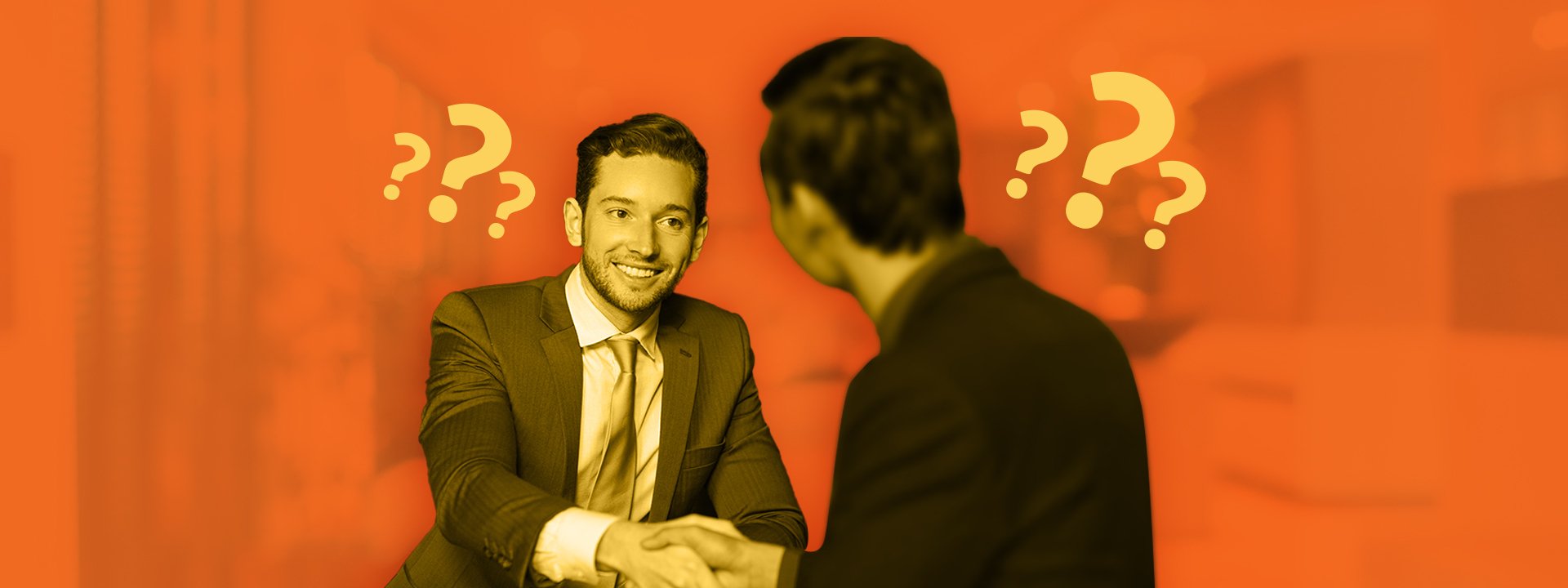Introduction
There isn’t a single “golden” sales price method that brings in the greatest money.
Rather, the most effective sales approach is the one that fits your audience, industry, and special product or service the best.
It makes perfect sense for most firms to use the approach of offering their rates as low as possible to attract as many clients as possible, but others decide to go in the exact opposite direction.
These businesses focus on producing high-quality goods and services at prices above average to cater to a much smaller group of prospective clients who are prepared to pay more. This could also be the appropriate course of action for your company, depending on the circumstances.

What Is A B2B Buyer Journey?
Let’s briefly go over what a buyer’s journey is. A buyer’s journey, often called a customer journey or purchasing cycle, is the process your clients follow from the moment they decide to purchase your product until the point at which they are oblivious to their issue.
You are aware that, particularly in the B2B market, customers do not randomly choose to purchase anything. Rather, buyers must first admit they have an issue, get additional information about it, and then look into the best solutions before selecting a solution. The duration of a buyer’s trip is often determined by the level of risk involved.
What B2B Buyers Look For?
B2B decision-makers want data-driven, high-quality information that makes their jobs easier and enhances their overall well-being. Not “sold” to, but provided with information that solves their issues and persuades them to buy your products or services. The majority of business development and sales teams are aware that B2B audiences are less susceptible to emotion and prefer information that is value-driven and backed by hard data. Creating engaging content is even more important since, according to a recent survey, 73% of B2B customers said they had less time than they used to for reading and research. Reaching this important group is made feasible by the fact that 60% of B2B buyers still want access to thought leaders’ industry insights, even with their limited time.
Quality
Data has always been valuable to B2B audiences, and it doesn’t seem like this will change anytime soon, according to a recent study. According to a survey, 66% of B2B purchasers said they needed more specific information before committing to a deal.1 According to 90% of consumers, people are more inclined to interact with material that is related to a topic they are now handling, working on, or considering. Timely material is also highly preferred by buyers. B2B decision-makers are open to new ideas, thought leadership, and examples from the real world. On the other hand, 72% of participants think that material that gets right to the point quickly and without unnecessary filler is beneficial.
Value
Because they don’t have much time to study information, B2B decision-makers greatly choose high-value content. Offer your audiences checklists, webinars, white papers, and infographics to give them the knowledge they need to make judgments about what to buy. Sync content with the buying process to provide helpful advice and information. Data indicates that 65% of B2B customers want less sales material. Make sure your content is “all meat” by cutting out or removing unnecessary parts. Instead of making the apparent sales pitch, focus on answering the audience’s most important questions, worries, difficulties, or sore spots. Pay close attention to your audience if you want to build new relationships and strengthen current ones with clients.
Voice
Style, tone, and brand voice are important considerations for B2C content marketers, who meticulously craft these elements to enhance sales and communication. But in B2B material, these elements are often not given as much weight. There is room for improvement in the way that B2B material is currently perceived. Just as in B2C situations, honesty and openness should be shared in B2B apps. Remember that data-driven and truthful B2B content doesn’t have to be boring. It could be simpler to express personality in thought leadership articles than in checklists, infographics, and white papers. Making material more engaging and shareable may be achieved brilliantly by concentrating on brand voice.
Accessibility
Companies that provide services to other firms usually restrict access to their best content in return for contact information that is added to a sales lead funnel. On the other hand, valuable content cannot succeed if it is not seen. Viewers naturally want to be able to access material that isn’t restricted or protected in any manner. However, sharing all of your best content without getting a lead in exchange might make your B2B content strategy vulnerable. As such, it ought not to be carried out arbitrarily. It’s critical to carefully consider what material may be shared openly and what should be kept behind the wall.
When content access is limited, make your forms as brief as possible. Make sure you are just asking for the information necessary to provide the lead. Once the link has been created, get the remaining information you need.

What Are The Main Characteristics Of B2B Marketing?
Even if the B2B market is similar to the B2C market in several ways, there are certain features that you need to consider.
Complex Purchasing Behavior
Corporate buying is a difficult procedure that usually requires many decision-makers and ultimate clearance from the finance team or, if the purchase is significant, the company’s board. The incessant turnover of decision-makers is a significant challenge for business-to-business (B2B) marketers. Some businesses could choose the lowest estimate to save expenses and boost revenue from product sales.
Logical Purchasing
Unlike the typical customer, corporations weigh the costs and advantages of a purchase before deciding to make it. This is the primary distinction between consumer and business-to-business marketing strategies. Unlike B2C market features, businesses base their buying choices on a range of elements to increase profit for the firm or generate a return on investment (ROI).
Complex Products
B2C items sell, depending on how well the business markets itself and raises customer awareness. The product’s more sophisticated technical features failed to attract customers’ interest. B2B markets so need a distinct marketing approach.
Fewer Buyers, More Sellers
A consumer market, which might include hundreds or even millions of buyers, is more open to a huge number of potentially big and medium-sized customers than the business-to-business (B2B) market. As a consequence, these B2B clients have a variety of providers to choose from. The B2B market is governed by the 80:20 Pareto Principle, which states that 80% of suppliers compete for 20% of the market’s customers.

B2B Buyer Journey Stages
Below are the following stages of the B2B buyer journey including:
Awareness
At this phase, the customer is only getting to know your company, your products, and your services. Your sales and customer success teams may help your marketing team members spread the word about this awareness. It’s critical to demonstrate at this stage that you understand the real business demands and consumer pain points of the prospect or client and that you can effectively highlight how your organization can assist in resolving these challenges. Here, marketing teams will be producing content via digital channels like websites and social media platforms. Your sales and account teams may then utilize this material as leverage to interact with prospective customers.
Consideration
This phase’s objective is to show them how you can solve their issues in a manner that boosts confidence in the worth and competitiveness of your offering. When prospective customers are aware of your offerings, your sales force can nurture leads more effectively with the use of case studies, expert manuals, effective face-to-face interactions, and comparative data.
Decision
At this stage, your prospective customers will choose the goods or services that most interest them. They may get in touch with sales, but sales professionals could need marketing support in the shape of product endorsements, demos, and assessments to persuade prospective buyers to make a purchase.
Master High-Ticket Sales with Helios
B2B high-ticket sales are a collective effort. They entail a more complex interaction between buyer and seller, with both sides influencing and relying on one another to achieve the final note.
Helios simplifies the whole process, consolidating all relevant debates and decisions in a single, easily accessible location. Helios is your trusted partner, combining openness, trust, and high-level knowledge on a single platform to create a holistic strategy that converts the traditional sales process into a straightforward journey.
Conclusion
Compared to B2C marketing, B2B marketing is more challenging. On the other hand, there are strategies to maximize your marketing budget. One of the most crucial elements in streamlining your B2B buyer experience is qualifying leads. You have a higher chance of gaining folks on board if you can present your company to those who have been thoroughly screened for your enterprise. To talk with a specialist who can assist you on your path, get in touch with Helios.



